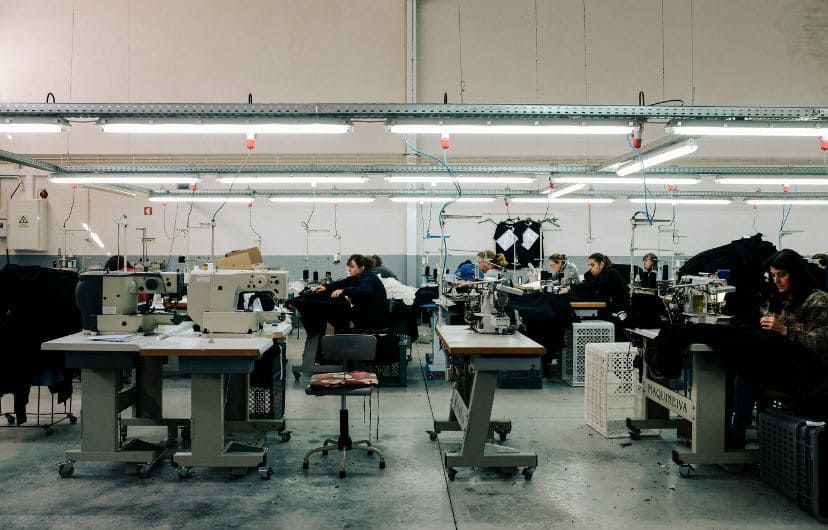As with all our initiatives, we aim to transparently present
both the advantages and disadvantages of our Take-Back System and explain why
we decided to implement it. Over the years, textile collection has faced
criticism, particularly regarding the export of used clothing to non-European
markets like Africa. This raises concerns about how such trade impacts local
textile industries.
Our collection partner, I:CO (SOEX), also resells used
textiles to non-European countries. Despite the controversies, we’ve chosen to
cooperate with them, and here’s why:
- Reusing
textiles is the most sustainable solution, as recycling still requires
significant resources.
- The
volume of used clothing exceeds the demand for donations and second-hand
items locally.
- According
to I:CO, only 1% of collected underwear is resold, with the majority being
directed into recycling streams. In our case, most items will not end up
abroad.
- Collection
and recycling companies currently rely on the resale of textiles, as
textile recycling alone is not yet profitable.
- I:CO
has demonstrated that exporting textiles does not directly correlate with
the decline of textile industries in some countries (see I:CO’s Q&A).
In our view, proper reuse and recycling of old textiles are
crucial steps toward a circular economy. However, these must be paired with degrowth,
meaning reduced consumption and production. Before buying any clothing, think
twice about whether you really need it and take care of it so it lasts as long
as possible. Only by reducing textile consumption and production, we can minimise
the social and environmental impacts caused by mountains of discarded clothing.





